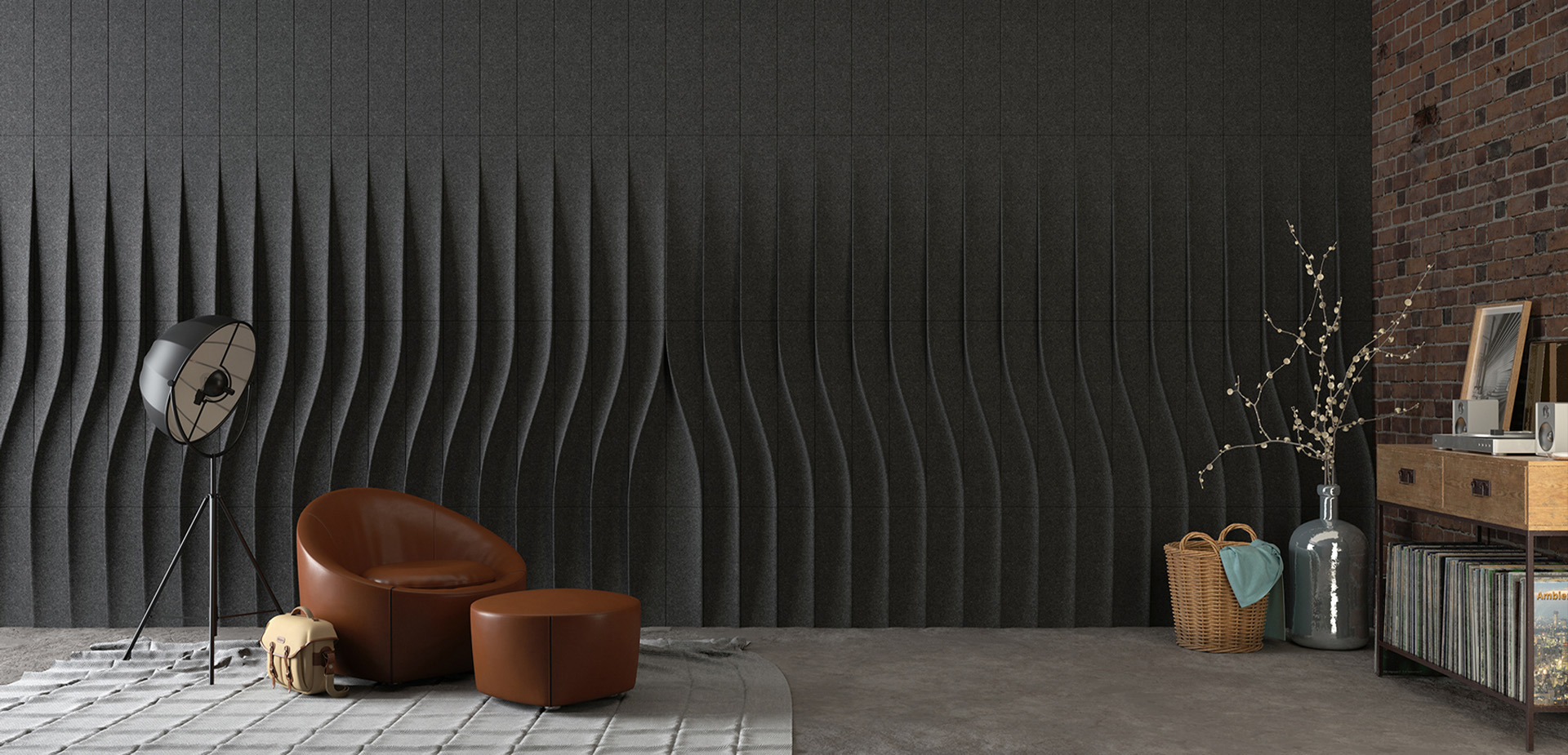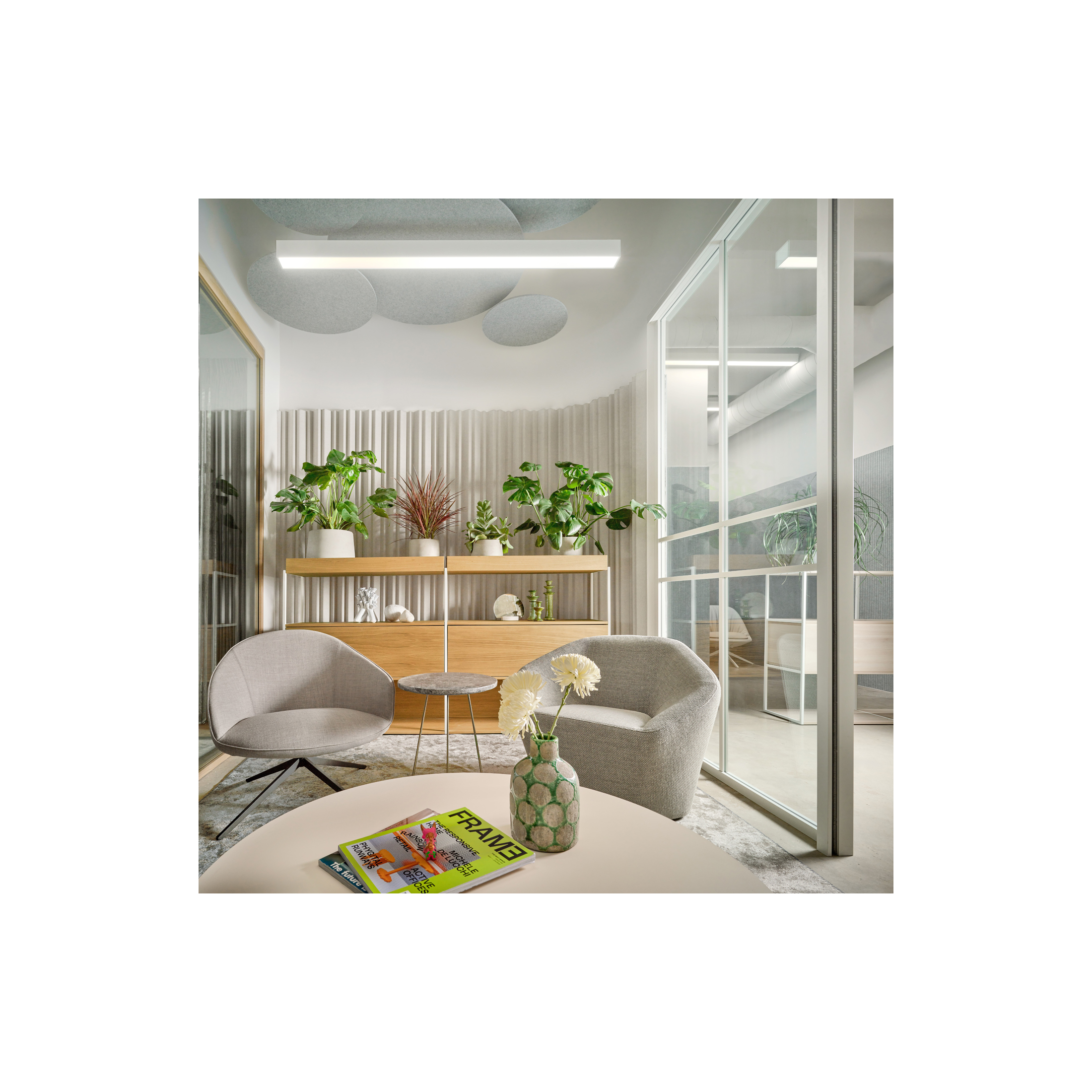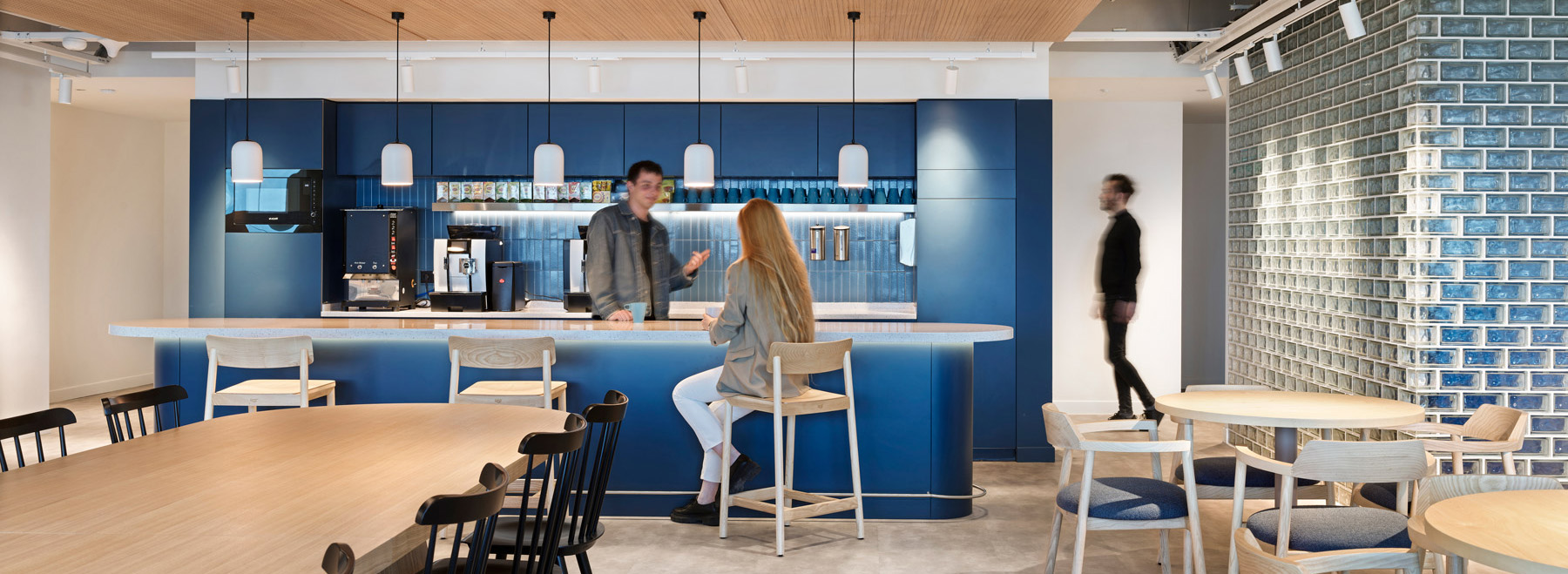-
The future of interior design is tactile, sustainable, and deeply experiential. As designers look to create more meaningful and responsible spaces, the focus is shifting toward materials that not only look good but also feel good and do good for the planet.
-
Cracker
-
Sustainability remains a driving force in material innovation. Brands are embracing reclaimed woods, recycled textiles, and low-impact finishes to reduce environmental footprints. Beyond eco-consciousness, sustainable materials often offer superior durability and longevity, making them a practical choice for commercial spaces.
The sensory aspect of materials is also becoming increasingly important. Textures that invite touch—such as bouclé upholstery, ribbed glass, or unfinished stone—add depth and warmth to interiors. Designers are moving away from sterile, high-gloss surfaces in favor of more organic and lived-in finishes that create a sense of comfort and authenticity.
-
-
-
Material transparency is another key factor. Today’s consumers and designers alike are demanding greater clarity on sourcing and production processes. Certifications like FSC (Forest Stewardship Council) for wood or Cradle to Cradle for textiles provide assurance of ethical and sustainable manufacturing.
Ultimately, material choices are shaping the way we experience spaces. By prioritizing sustainability and sensory appeal, designers are crafting interiors that are not just visually stunning but also responsible, engaging, and deeply human-centric.



